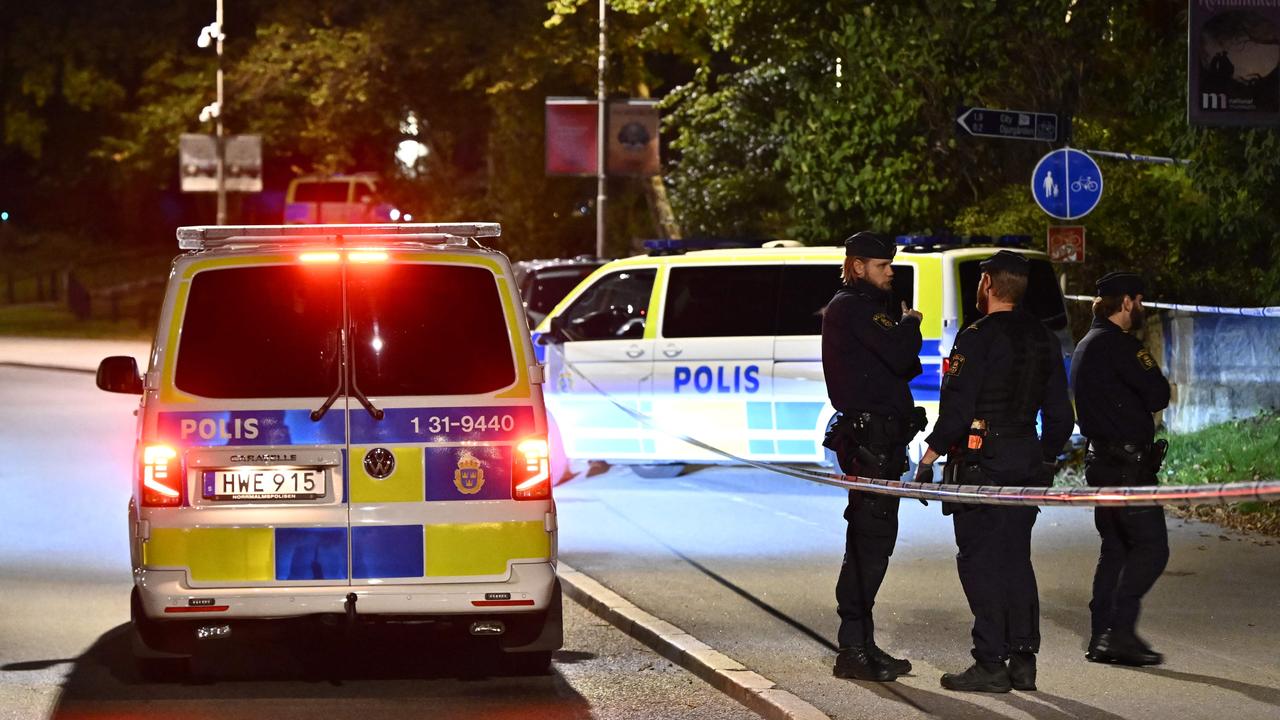Beirut’s shattered ancient glass artifacts shine on
After months of painstaking work, eight have been restored and go on show at the British Museum this month.

When 2750 tonnes of ammonium nitrate blew up in the port of Beirut two years ago, more than 200 people died, 7000 were injured and vast parts of the city were devastated.
A cabinet of ancient glass objects in a local archaeological museum stood little chance.
Seventy-two of the 74 vessels in the glass display case that day, dating from the Roman, early Islamic and Byzantine periods, were shattered. Now, after months of painstaking work, eight have been restored and go on show at the British Museum this month.
Duygu Camurcuoglu, a conservator at the museum in London, said the restored vessels were structurally sound but retained the imperfections caused by the shattering. “It is very, very hard to hide broken glass,” she said.
The work has not just been about conservation, however. Because the vessels were broken by the explosion, researchers were able to conduct detailed scanning of the “fresh” glass surfaces. This shed light on the revolution in glass-blowing that took place in Lebanon in the 1st century BC, when new methods allowed for experiments in form as well as mass production.
Dr Camurcuoglu said the analysis had uncovered details about “unique” manufacturing techniques, as well as the types of glass, the colouring and evidence of recycling. A final scholarly report is under way.
Of the eight vessels, six are from the Roman period and two from the late Byzantine or early Islamic period. Dr Camurcuoglu said that complete examples of early Roman glassware in the Middle East were rare.
Hartwig Fischer, the director of the British Museum, said the Shattered Glass of Beirut exhibition, which is free and runs from August 25 to October 23, told “a story of near destruction and recovery, of resilience and collaboration”.
The 74 vessels were on display at the Archaeological Museum of the American University of Beirut, 3200m from the port. The eight vessels are due to return to the AUB this year and rejoin another 18 that were conserved in the Lebanese capital.
The French Institut National du Patrimoine has also been involved in the project.
Conservators hope to soon start work on some of the other 46 objects. The two vessels that survived are Roman and were protected by their position on the lower shelves.
The British Museum said: “By restoring these objects, the Archaeological Museum at AUB can tell the story of a local technological advance that had far-reaching consequences across the Roman Empire, and which helped shape the glass industry today.”
Hidde van Seggelen, the chairman of the Tefaf Museum Restoration Fund, which provided funds, said: “Bringing these pieces back to their rightful form has been a compelling symbol of resilience and we are honoured to have been part of this important collaboration.”
The Times


